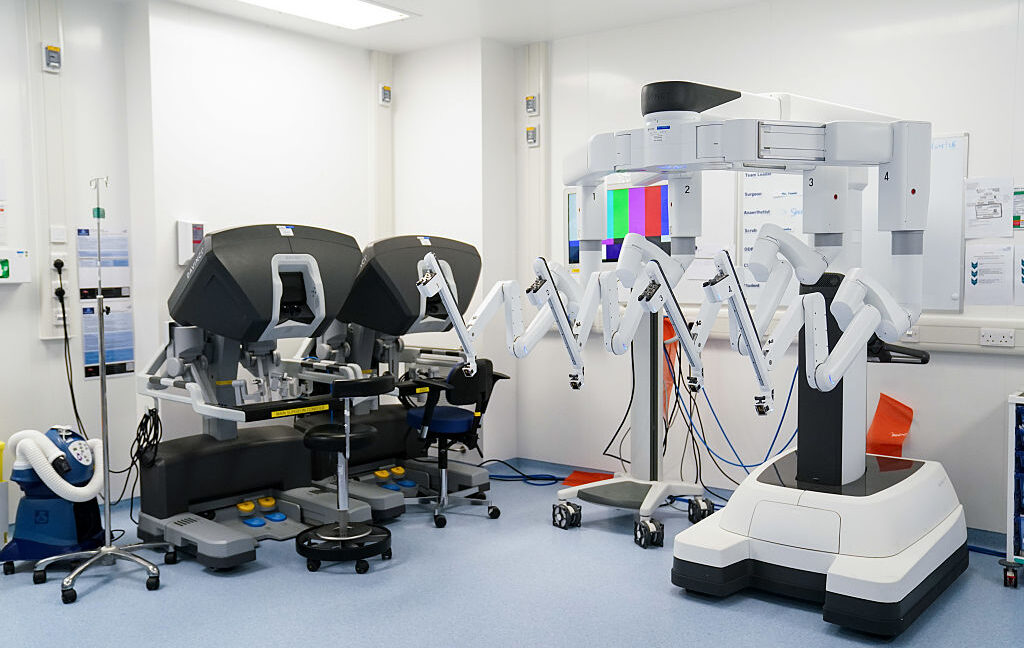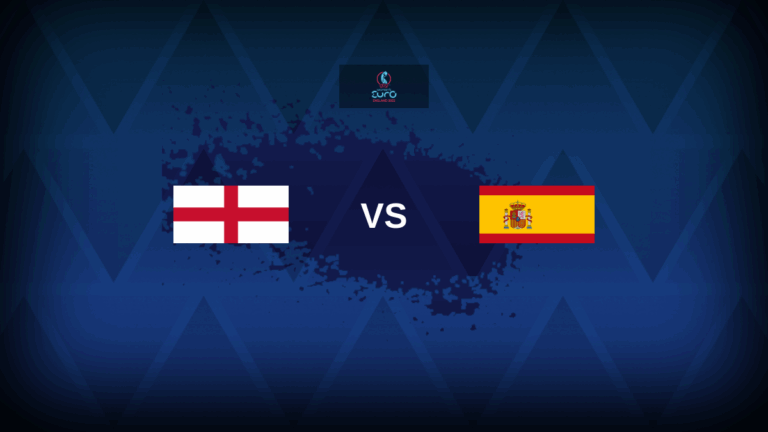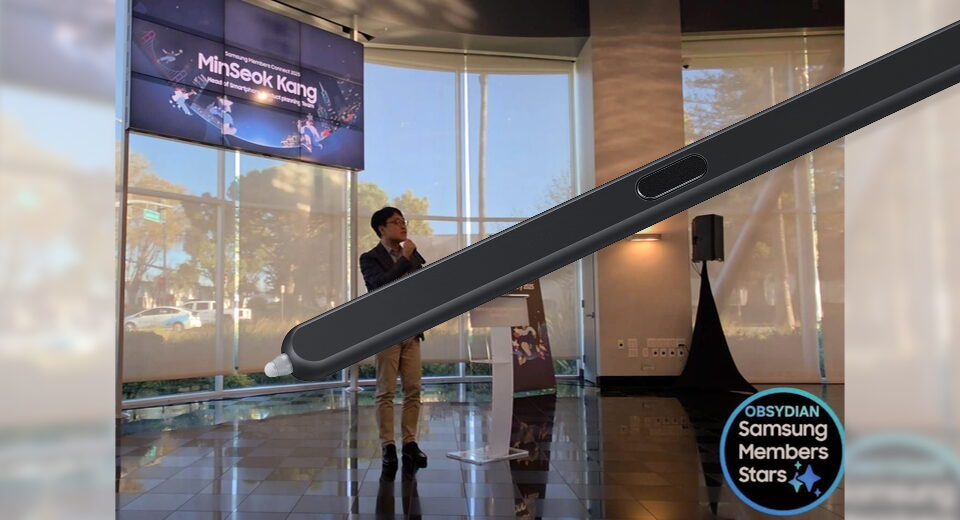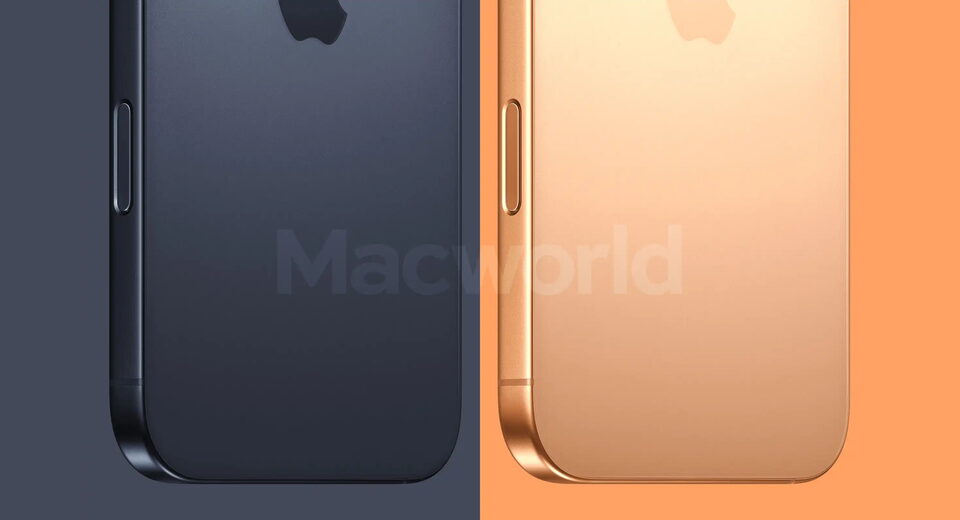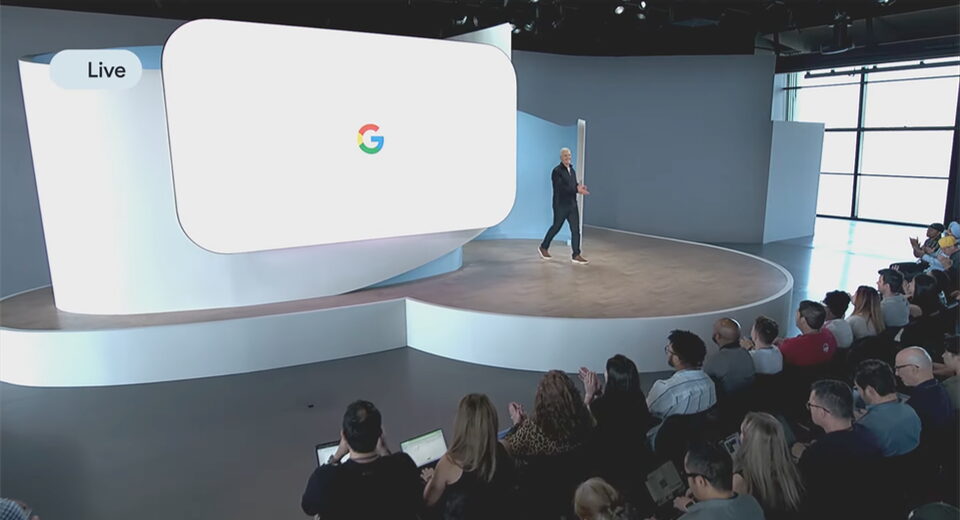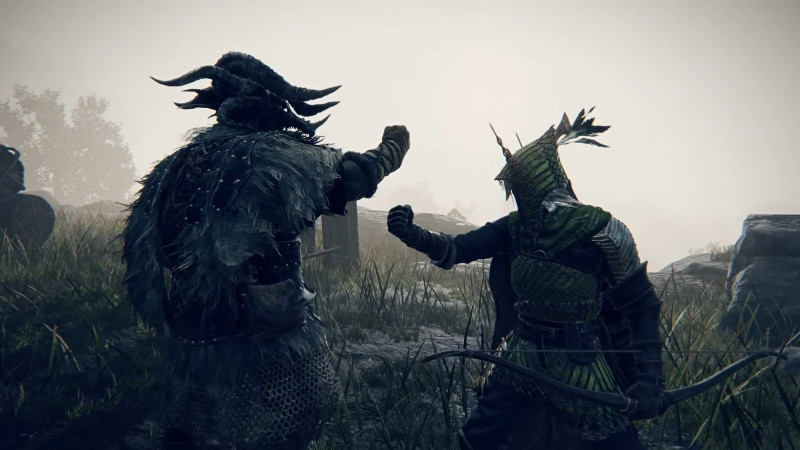When swiping supplants scissors: The hidden cost of touchscreens
When Swiping Supplants Scissors: The Hidden Cost of Touchscreens — and how Designers Can Help
--
The history of technology is full of innovators who got their start creating with their hands. Steve Jobs cites a calligraphy class at Reed College as influencing the design of the Mac; Susan Kare, who designed the Apple icons we still use today, had a childhood immersed in arts, crafts, and embroidery.
It’s a keen irony that their work evolved into smartphones and tablets — devices that have inadvertently led to a whole generation whose primary mode of interaction is a flat glass touchscreen. I was shocked to to recently read how much a
A recent survey by Education Week found that 77 percent of educators reported young students having greater difficulties handling pencils, pens, and scissors. In comparison, 69 percent noted increased struggles with tying shoes compared to five years ago.
Children are losing critical fine motor skills — the small, precise movements required to tie a shoelace, write with a pen, or build a tower.
“It’s like they’ve never seen a block,” says Hornbeck, an instructional coach at Beverly City Public Schools in New Jersey, describing how kids fumble when asked to stack just three blocks. “The things they do with the block when you’ve just shown them what to do is boggling.”
It’s painful for me to picture a kid struggling to use scissors, trying to coordinate their small hands to work two blades at the same time.
The shift away from the tactile is so profound, I’m beginning to explore it with some first-hand reporting for an upcoming project. In this essay, I’ll share some of my early findings, contrast them with my own childhood experiences, then conclude with some principles and research that I hope inspire designers and companies to help restore tactile interactivity in our lives.
Chromebooks for Kids — But Few Paintbrushes
I recently interviewed Cathy, a veteran teacher with over 30 years of teaching experience at elementary school in Salem, Oregon about what she’s seen in classrooms over time.
Cathy told me that the school’s Kindergarteners now get Chromebooks “to keep up with the times”. She explained:
They have little badges, like they have their password on them, and they just wave it in front of the Chrome Chromebook [so] they don’t have to memorize all that early on. Kindergarten is more like first grade now, and it used to be like a preschool, I would say now it’s advanced to first grade level, and first grade is like second grade, and everything’s accelerated.
She also added that visual arts and crafts aren’t keeping up with this shift; there was only a single painting project during the entire last semester at her school.
Our need for touch is fundamental to how we engage with the world. The human mind expects texture and tactility. It helps us orient ourselves to the world and use objects more easily. When we ignore crafts that engage hands and not just eyes, we reduce opportunities for kids to learn spatially and effectively.
How a Childhood of Crafts & Early Computers Shaped Me
When I was little, my room had very few toys. I had LEGOs and some matchbox cars, and was encouraged to figure out how to use cardboard, tape, and scissors to make more toys of my own. It taught me to problem solve and work with as little resources as possible.
I think back to my dad teaching me how to solder circuitboards before I even got to preschool. He told me all about how to hold the soldering iron, months before he allowed me to hold it. When he saw that my hand-eye coordination was strong enough, I assisted him in building the circuit boards. These were huge moments for me. My dad was teaching me alongside his own, professional work. He treated me like an adult, while also being careful to understand my own level as a growing kid.
I am certain all of this learning and creating with my hands contributed to any success I later earned throughout my career in technology.
I also think back to getting my first personal computer, in my early teens, and how much it changed me. It replaced my backyard and my construction tools. I started to stay up late. It affected my sleep. While it consumed more and more of my time, I drew less. I was less happy. The information on the screen was exciting, but it wasn’t satisfactory. I felt like I had eaten so much information, but I didn’t feel full.
Fortunately I started out with an early childhood of tactile creativity, and know why I need to return to it. Sometimes when I’m mentally exhausted, I take a break to play with clay, or paint; I doodle. Just an hour in a physical notebook reminds me how great the experience is. I’ll even write post-it reminders to myself: “This notebook will restore you! Write and draw anything for just a little bit, and your eyes and hands will feel better!”, knowing that the mere presence of a smartphone will distract me from opening my journal.
A childhood spent on tactile creativity and serial motor skills is an incredible investment in kids’ future success as adults. But my interview with Cathy illustrated how little is being spent on those areas of development. Instead, she told me, tech projects and a ton of information associated with them are getting crammed into kids’ brains, resulting in them being exhausted through the school day. Her kids loved a group project painting sunflowers, because they rarely got to do messy, creative projects like that. They told her that at home, their parents weren’t available to oversee them painting… since they were using devices as much or even more as their kids.
Designing Devices Around Chesterton’s Fence
When talking about the importance of tactile products and experiences, I often reference the classic fable of Chesterton’s Fence:
Two men are in a field looking at an old fence on property they just acquired. One man says, “I don’t see the use of that fence, let’s remove it”. Only after disaster strikes do they realize the fence had a very important purpose: It kept a bull out of harm’s way. The larger lesson being: Don’t remove an affordance unless you know why it was implemented in the first place — otherwise, you risk unleashing unintended consequences that could cause long term damage.
As with Chesterton’s Fence, we are removing crucial tools from our children’s development without fully understanding their purpose. There’s a reason why, in many cultures, kids help parents with tasks and are encouraged to play with physical objects. There are reasons why kids paint and draw and craft in school and play on jungle gyms beyond the obvious motives of teaching creativity and socialization. All of these activities also help with fine motor skills and thinking, and the parts of the brain that are stimulated when performing them become more aware of their environments.
With so many people already rushing to “catch kids up” with the latest technology by adding Chromebooks and other touchscreens to their classrooms, it’s hard to convince them what is lost in the process. When physical arts and crafts are deemed “old fashioned” or “analog” or “unnecessary”, we are in danger of losing core practices that help make us human, and contribute new ideas to our culture. As noted, many of the world’s leading tech designers and creatives think by writing and sketching before they take their work to the computer. It’s not about analog or digital, it’s about which tool meets the needs of the process.
Even worse, people are now offloading cognition to AI before thinking a task through themselves. An AI service may provide them a solution in the short term, but what happens if the company goes out of business or changes its product offerings? The cognitive skills to solve the task don’t belong to the user, but the company.
More screen time has been associated with an increase in anxiety and myopia, especially if screens are introduced at an early age. But there’s a larger issue at hand as well: If everything kids do is dependent on Google Docs on a Chromebook, the surface area for their thinking and expression is not only part of external software, it’s greatly reduced.
To replace physical activities with touchscreens is a perfect example of Chesterton’s Fence. But instead of a few farmers fleeing a raging bull, it’s threatening a whole generation.
How Schools, Designers & Companies Can Help Restore Our Sense of Touch
Hopefully we’ll see more parents rally on behalf of their children, as they recently did in Norway, calling for more hands-on creativity and nature for their kids, less on touchscreens. But industrial designers, entrepreneurs, and planners can do much more to scale these efforts, creating an infrastructure of products that makes all our lives much more tactile.
Fortunately, the science explaining why handwriting and physical craft is crucial to early childhood development is catching up to our excitement over digitizing childhood. It also opens up an opportunity for designers and companies to capitalize on these findings.
Briefly summarized, physical writing better stimulates our brains, because every letter must be drawn differently. Whereas on a keyboard, every button for a letter feels the same as every other one to the mind. It’s been shown that people take five times less notes when they write, but the information is far better remembered.
“Since writing by hand forces you to use your body and all your senses, you are using your brain more and in a much better way, accessing brain regions that help you to learn,” as neuroscientist / Norwegian University of Science and Technology professor Audrey van der Meer recently explained, citing her research into the topic.
When you write by hand, more brain activity is created in the so-called sensorimotor areas and the brain gets more pegs for learning to remember, she explains. We know that children who have learned to read and write on a screen have problems with letter recognition. They have not felt in their bodies that a “b” should be spelled completely differently than a “d”. They need completely different movement patterns. That is why it is difficult to distinguish b from d when they are reading.
Audrey is on the Science Advisory Board of reMarkable, a company that produces digital notetaking tablets which look and act like paper. I recently joined Audrey on reMarkable’s science advisory board, and am incredibly excited to further explore with her how physical writing affects our thinking versus a keyboard or touchscreen.
The market for handwriting-based devices is potentially massive. So I’m hopeful we’ll see many other companies — and designers — enter this space.
It’s also a market that the major tech companies are so far mostly ignoring. With so much of Silicon Valley obsessed with XR headsets or voice activated AI pins, they are missing other form factors that might help us repair the generational damage inadvertently caused by touchscreens. It makes me suspect the smartphone’s true successor will not be innovated by them, but as with Jobs and Kare in the previous generation, by someone now learning to sculpt in clay, or write in calligraphy.
—
Amber Case is a former research fellow MIT Media Lab and Harvard’s Berkman Klein Center for Internet & Society. She founded the Calm Tech Institute to better advocate for design which creates more harmony in people’s lives.
—
How has your experience with using your hands changed over time? How about tactile projects with your kids? Please discuss in the comments, or drop me a line on Linkedin!
What's Your Reaction?
 Like
0
Like
0
 Dislike
0
Dislike
0
 Love
0
Love
0
 Funny
0
Funny
0
 Angry
0
Angry
0
 Sad
0
Sad
0
 Wow
0
Wow
0
